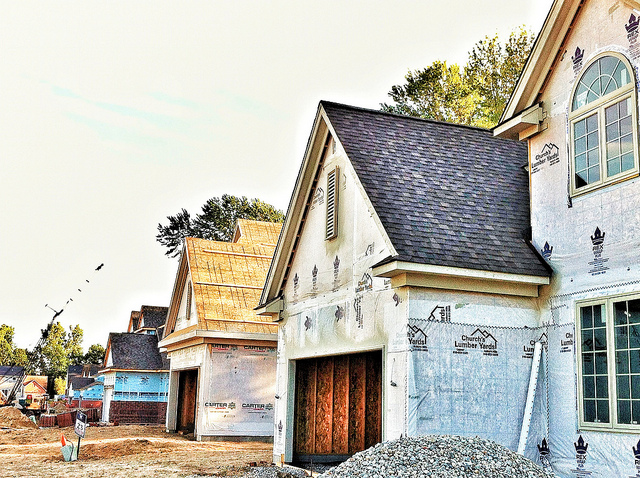According to the Mortgage Bankers Association’s Weekly Applications Survey, average mortgage rates increased again last week, moving higher for 30-year fixed rate loans with both conforming and jumbo balances, loans backed by the Federal Housing Administration, and 15-year fixed-rate loans. The increases continue the recent upward trend that has rates headed higher just as the spring home buying season gets underway. Fortunately, though, it doesn’t seem to have slowed buyers. Mike Fratantoni, MBA’s senior vice president and chief economist, says demand for loans to buy homes has held steady. “Even with the ongoing climb in rates, purchase application volumes were little changed last week,” Fratantoni said. “This is particularly auspicious, as we are now in the beginning of the spring home buying season, and those shopping for homes are struggling with not only higher and more volatile mortgage rates, but also an ongoing shortage of homes on the market.” The MBA’s report found buyer demand for purchase loans increased 1 percent last week from the week before. (source)













